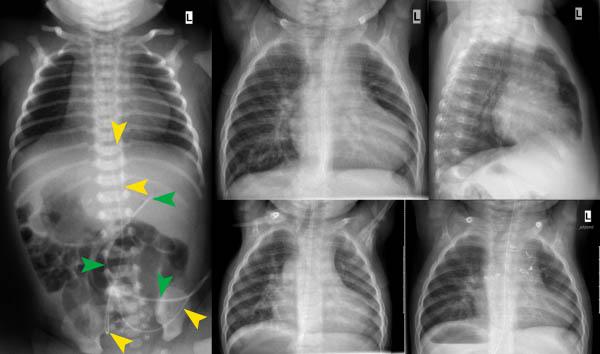Understanding Disease X: What it Means for Global Health

Introduction
The World Health Organization (WHO) has identified ‘Disease X’ as a term for a future infectious disease that could lead to a severe international epidemic. The urgency surrounding Disease X underscores the necessity for global health preparedness and swift response strategies. With the emergence of new pathogens such as SARS-CoV-2, the importance of this concept has been elevated in public health discussions.
What is Disease X?
Disease X is classified under the WHO’s R&D Blueprint for action to prevent epidemics. It signifies the potential emergence of an unknown pathogen that could cause a significant upheaval much like Ebola, Zika, and most notably, COVID-19. The designation serves to alert healthcare systems globally to prepare for unexpected outbreaks.
Recent Developments
In light of the coronavirus pandemic, the WHO conducted extensive reviews of existing viral diseases, identifying various organisms that could be classified under Disease X. Among them are zoonotic viruses, which typically jump from animals to humans. Recent research has highlighted regions where the risk is high, such as areas experiencing deforestation and encroachment on wildlife habitats, where new viruses are more likely to emerge.
Global Impact
The implications of Disease X are profound for global health systems. According to a report by the Global Health Security Index, countries must strengthen their health infrastructures, improve surveillance systems, and advance research in pathogen responses. Furthermore, the economic consequences of failing to prepare for such diseases can be devastating, as evidenced during the COVID-19 pandemic. Proactive measures are now seen as crucial for mitigating possible future outbreaks.
Conclusion
As the pandemic landscape evolves, the concept of Disease X serves as a critical reminder of the vulnerabilities within global health. The potential for new, unknown diseases to emerge necessitates a collaborative approach to health security. Forward-looking policies focused on surveillance, research, and public health preparedness will be vital in combating the unknown threats of the future.
